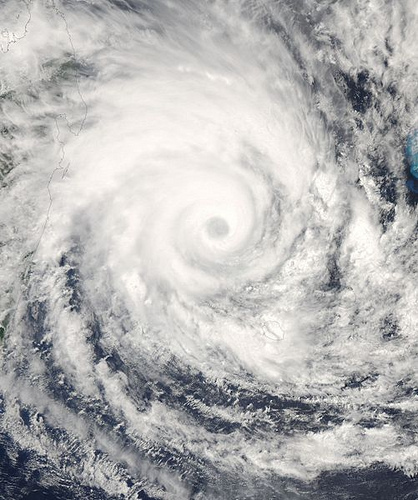AARP Eye Center

A portable or “whole-house” electrical generator can be a big help after a hurricane. But make sure you follow the safety precautions.
‘’If your neighborhood ‘goes dark’ in the aftermath of Hurricane Florence, having a generator can truly become a lifesaver. It can help keep food, liquids and medications cool,” said Teresa Arnold, AARP SC state director. “But like any other power tool, we must learn how to use generators safely.”
Many South Carolina residents have purchased or own backup power generators. Many generator purchasers may not yet be familiar with using them. Officials urged generator users to consider:
- Ventilation. Electrical power generators create exhaust fumes that contain carbon monoxide – an odorless, invisible gas that can disable an adult in minutes and kill quickly. Generators always should be positioned outdoors, never in a garage or sun room, and away from doors or windows of your home or your neighbor’s. Also, residents should avoid placing generators under or close to the air intakes for your attic or intakes for air-conditioning or other ventilation equipment.• Carbon monoxide monitors. Since carbon monoxide is odorless and invisible, the only sure way to know if your home is at risk is to install carbon monoxide monitors in each sleeping area of the home. These devices are available from many hardware and home improvement stores from about $45 to $70.• Fuel storage. Generator fuel must be properly stored away from sparks or other fire risks. If possible, store fuel in a tool or storage shed not attached to your home or another major structure, to reduce risk if there is a fire. In addition, consider adding liquid fuel stabilizer to gasoline or diesel fuel that will be stored for a month or more. The stabilizer not only helps keep fuel from going bad, it also keeps the fuel system of your generator operating properly. Trying to start a generator with a clogged fuel system in
- Power overloads. You can damage your generator and possibly other equipment by attempting to run more electrical equipment than your generator can handle.
- Power cords. To avoid shock and minimize the risk of fire, use the heaviest gauge power cords available – preferably 10- or 8-gauge cords or heavier. (The smaller the gauge number, the heavier the power cord.) Don’t run power cords under rugs or carpets, and check the cords when in use to make sure that heat in the cord doesn’t build up to unsafe levels.
Carbon monoxide poisoning created by electrical generator use is a national concern. In a 2015 study, the federal Consumer Products Safety Commission found 702 deaths associated with generators in a 10-year period ending in 2014. Generators were involved in 81 percent of all deaths involving engine-driven tools of any kind. Most fatalities occurred when the generator was placed inside a home or other structure.
To learn more about generator safety, users should carefully read the owners’ manual that came with their generator, or contact the manufacturer for a replacement manual if the original has been lost.























































